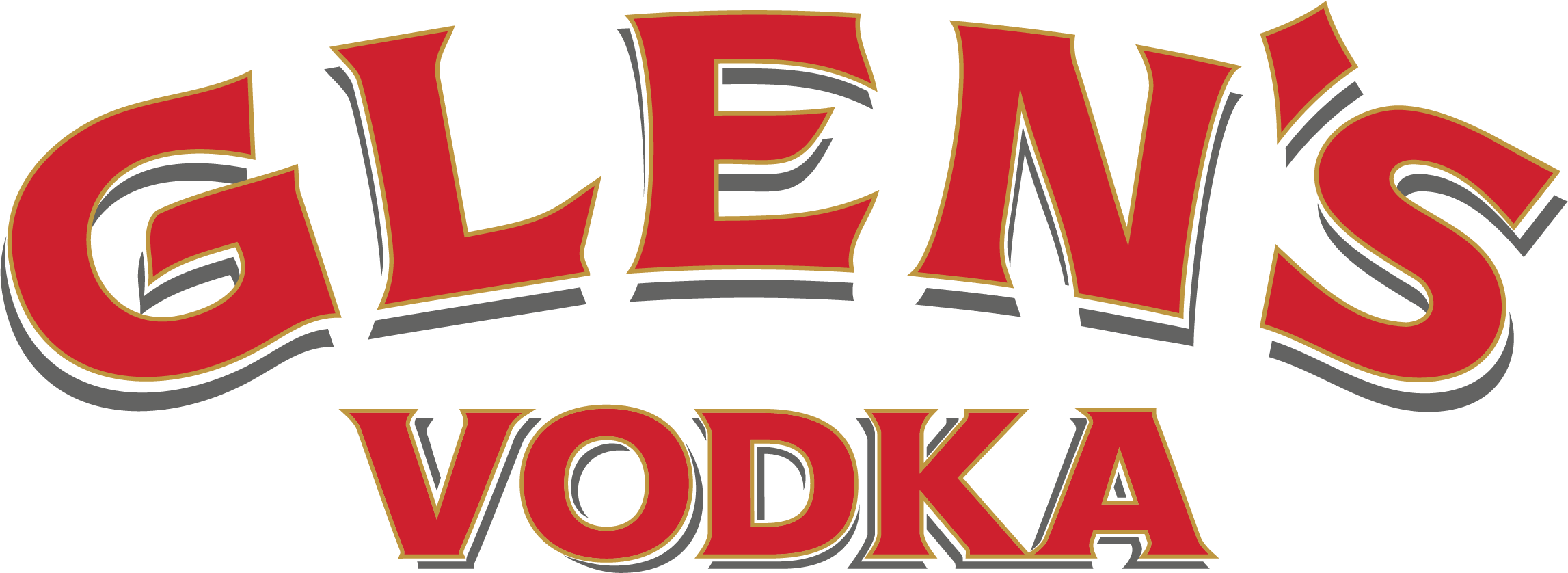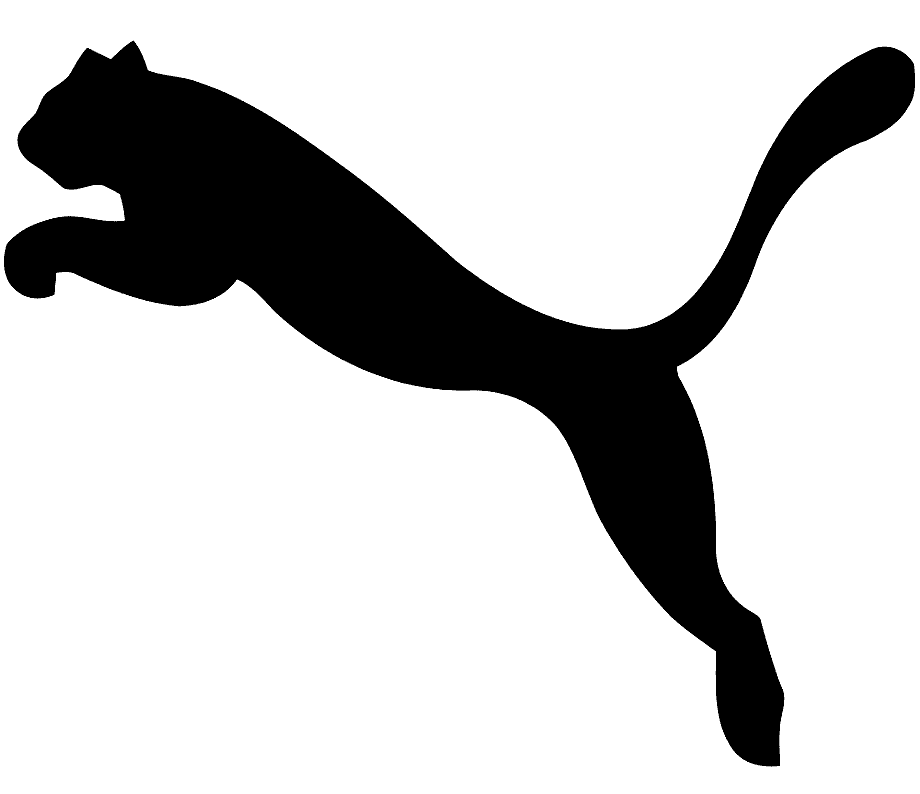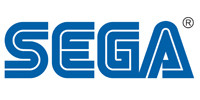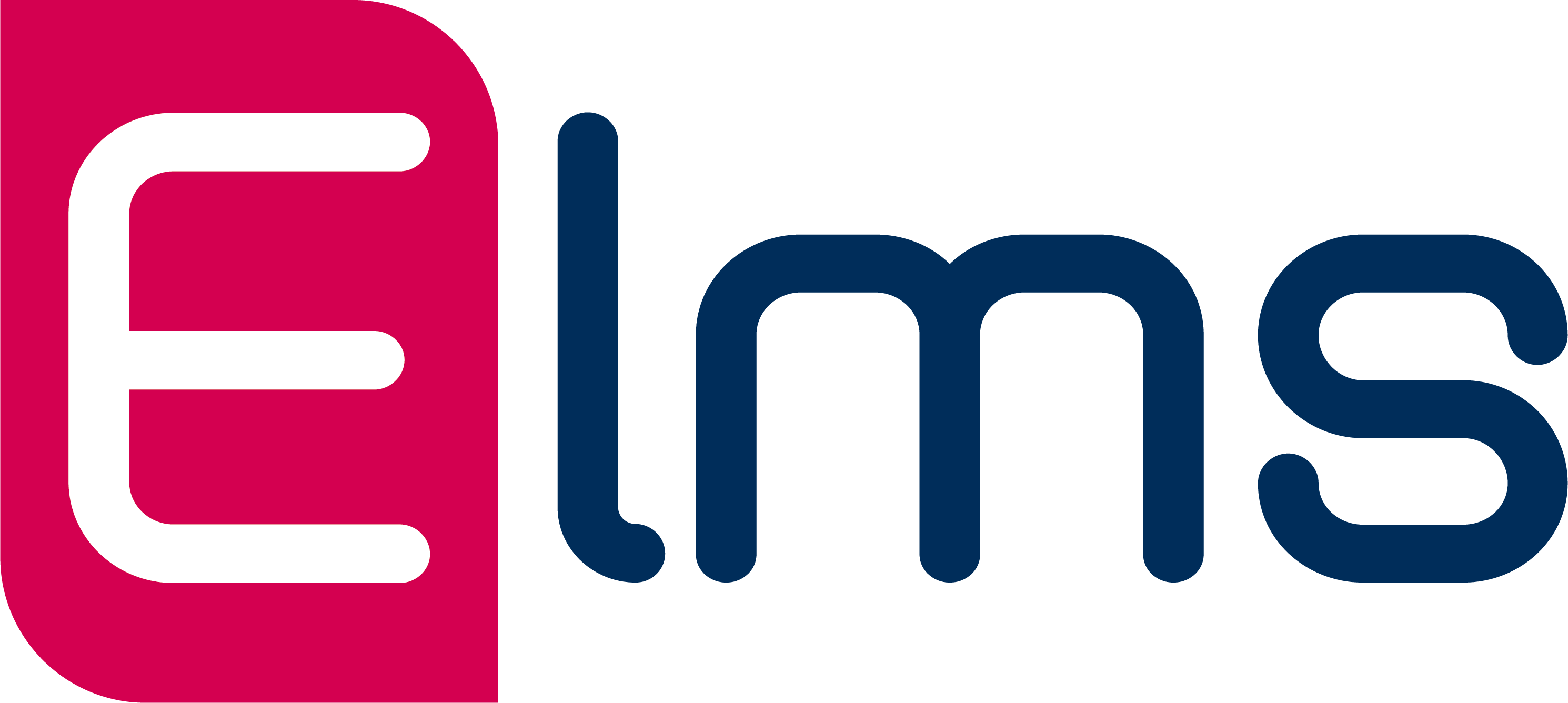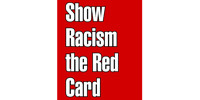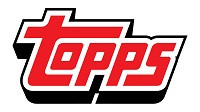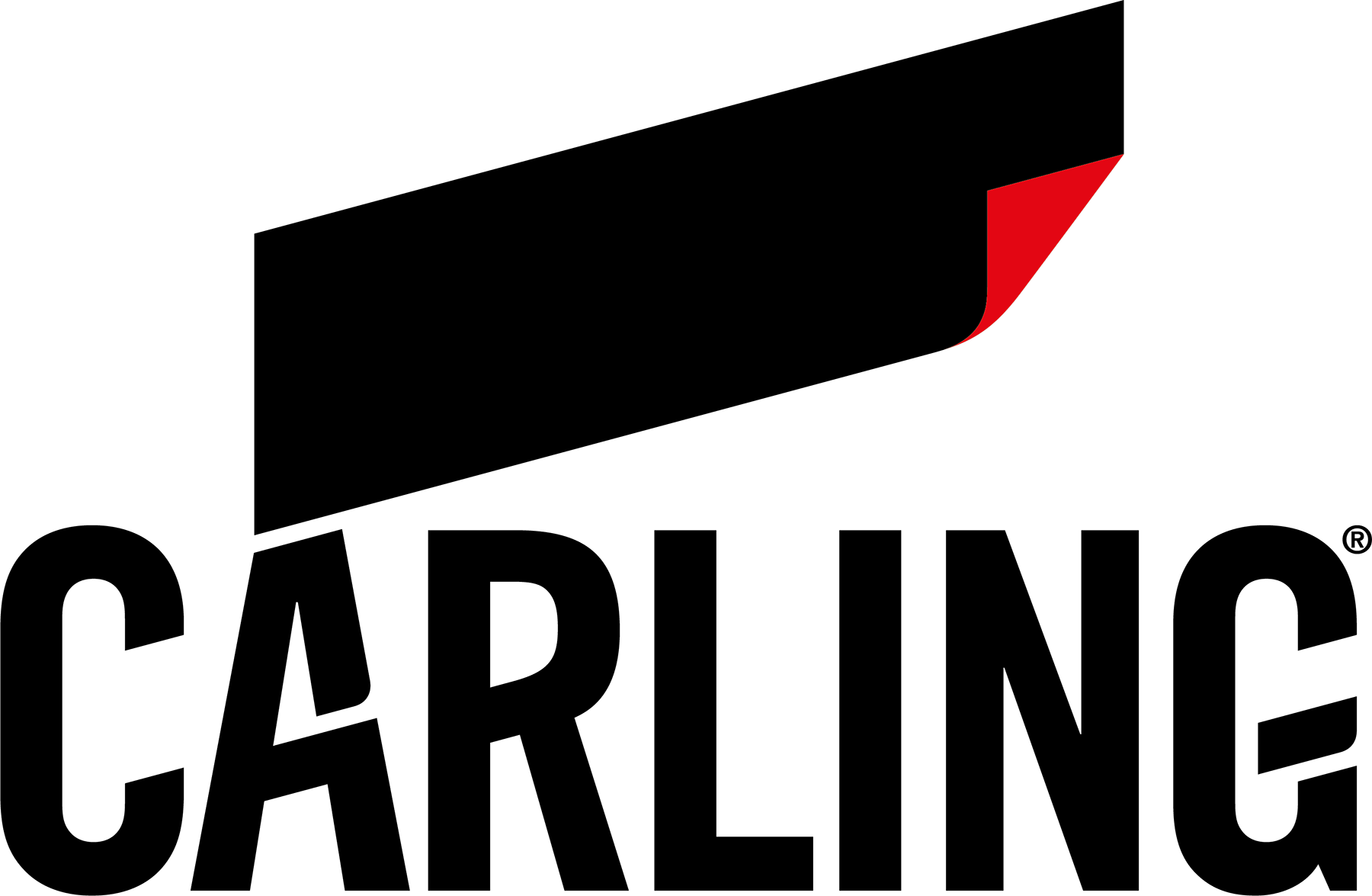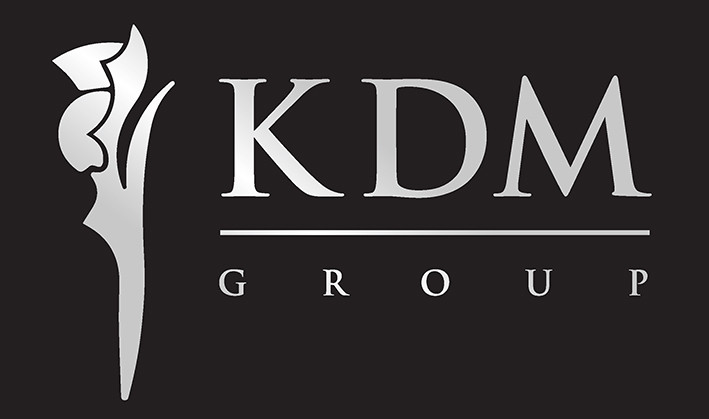The 1983-84 League Cup Final between Rangers and Celtic is still remembered as one of the greatest finals of all time.
Played on a Sunday for the first time in the competition’s history, the match had three penalties, a rousing comeback, a last-gasp equaliser, a hat-trick from a young striker in his first season at the club, and an extra-time winner. But as well as the dramatic action on the field, the match is also notable for a number of intriguing quirks relating to the strips that both teams wore in the game.
1983-84 had been a challenging season for both Rangers and Celtic on the domestic front. By March, Aberdeen were well on their way to clinching the title and, while David Hay’s Celtic would make the final of the Scottish Cup before losing to the Dons, Jock Wallace’s Rangers had exited the competition to Dundee in the quarter finals in mid-March. Both sides, however, had found form in the League Cup and would meet in the final at Hampden Park on Sunday March 25, 1984, with the chance to pick up some much-needed silverware.
By then, Rangers were coming towards the end of their second season playing in a royal blue strip with white vertical pinstripes - the first home kit for 100 years that hadn’t been plain blue. On top of that, the kit also included red socks for only the second time in the club’s history, the first being the kit they wore between 1968-73.
Since their formation, Rangers' socks had been almost exclusively black, with only a handful of deviations to blue or red. So, with white stripes and red socks, it’s fair to say that the Gers’ kit was one of the most unusual ever worn at that point in their history.
Celtic’s strip was also unconventional. Although their famous green and white hoops had barely changed over the years, the club had decided to move the position of the badge and the Umbro logo on their shirt, for the League Cup Final only. Since the introduction of badges and logos on to the Celtic strip in 1976, both were always positioned on the second highest green hoop on the strip. For this match, though, they were moved down to the white hoop below, meaning that the logo itself also had to change colour from white to green to suit its new background.
The 1983-84 season was also the last full campaign that either side wore kits without a sponsor on them. In September 1984, CR Smith announced a shirt sponsorship deal with both Celtic and Rangers and the brand appeared on the front of the kit for the first time on the 29th of that month. March’s final, therefore, would be the last between the two rivals that didn’t feature shirt sponsorship.
Going into the match, Celtic were considered to be marginal favourites. They were performing better than Rangers in the league and were the current holders of the trophy. The match was given extra spice by the fact that brothers Tom and Colin McAdam would be playing on opposite sides - Tom starting in defence for Celtic and Colin coming off the bench for Rangers.
66,369 watched a game that would live long in the memory. 21-year-old striker Ally McCoist, in his first season with the club, opened the scoring from the penalty spot on the stroke of half-time after Murdo MacLeod had brought down Bobby Russell in the box, and he doubled Rangers’ lead on 61 minutes when he prodded home a knock-down from Sandy Clark.
Celtic hit back six minutes later when Brian McClair converted after a clever set-piece routine involving Tommy Burns, and they dramatically squared the game at the death when McCoist fouled MacLeod and Mark Reid scored from the resultant penalty kick.
The match went into extra time with Celtic seemingly the team with momentum on their side, but on the stroke of half-time Roy Aitken was penalised for a challenge on McCoist and he picked himself to score from the spot again, complete his hat-trick and send the trophy back to Ibrox.
Rangers ditched the white stripes at the end of the season and have yet to revisit the design, although they did return to red socks in both 1986-87 and 2012-13.
Celtic’s convention of displaying the badge and logo on the green hoop, which they altered for the final, lasted until 1987. Since then the brands have been displayed on various places on the top, depending on the design at the time.
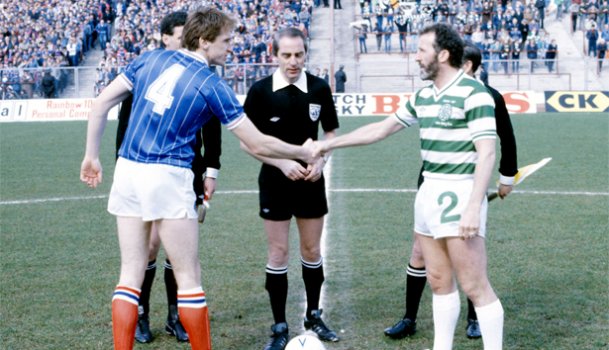


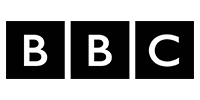
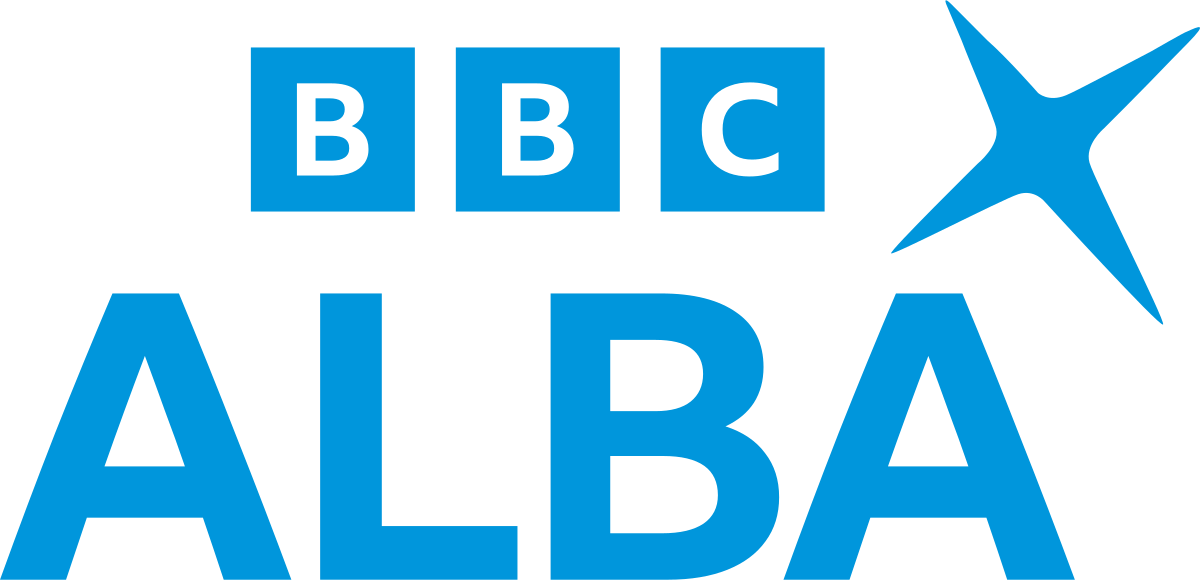
.png)
